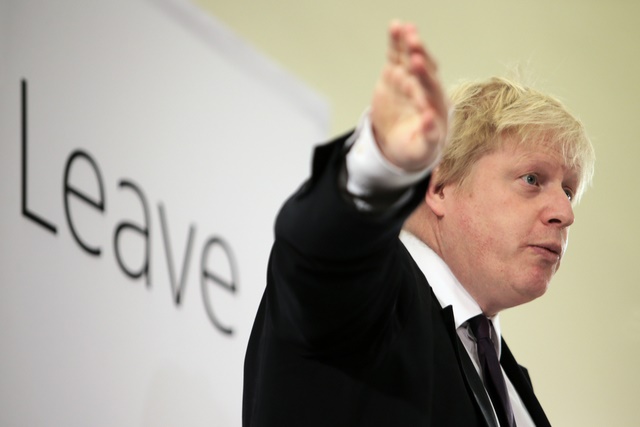Pound to Australian Dollar Exchange Rate Climbing on GBP Strength and AUD Weakness
The Australian Dollar (AUD) outlook has been broadly weak in recent sessions, and this has made it easier for the Pound Sterling to Australian Dollar (GBP/AUD) exchange rate to strike significant highs today.
Since opening this week at the level of 1.8908, GBP/AUD has been trending with an upside bias, but until this morning its gains were limited.
This morning though, GBP/AUD broke through to its best levels since the 2016 Brexit Referendum – a three year high of 1.9138.
Investors are eager to buy the Pound (GBP) following the latest UK election polling news, while the Australian Dollar is weighed by uncertainties in domestic economy and global trade tensions.
US-China trade tensions have flared up again today, as US President Donald Trump signed a bill supporting Hong Kong protestors.
Pound (GBP) Exchange Rates Jump as Major UK Poll Shows Conservative Majority
For much of the week so far, the Pound’s movement has seen pressure due to polls showing that Britain’s opposition Labour Party was gaining on the ruling Conservatives in the polls.
Three polls showing a narrowing race led to fresh political uncertainty and fears of a hung Parliament, and the Pound was weaker until yesterday as a result.
However, overnight a major poll with a different polling method was published which seems to point towards a solid majority for the ruling Conservatives.
YouGov posted a poll using the ‘MRP’ technique, which estimates seat-by-seat analysis rather than a voting share. The poll indicated that the Conservatives would win a majority of around 68 seats.
According to Anthony Wells, Director of Political and Social Research at YouGov:
‘As with all models, there is uncertainty.
Taking into account the margins of error, our model puts the number of Conservative seats at between 328 and 385, meaning that while we can be confident that the Conservatives would currently get a majority, it could range from a modest one to a landslide.’
Australian Dollar (AUD) Exchange Rates Pressured by Fresh Trade Tensions
The Australian Dollar was already unappealing this week, as economists predict the Reserve Bank of Australia (RBA) will become even more dovish in 2020.
Forecasters at Westpac bank predict two interest rate cuts from the RBA next year, and there is growing speculation that if rates continue to fall, the RBA could turn to quantitative easing (QE) if needed.
This pressured AUD in recent sessions, but overnight the trade-correlated ‘Aussie’ took another hit from global trade developments.
US-China tensions were perceived as rising again, following news that US President Donald Trump had signed a bill aimed at supporting Hong Kong protestors.
It prompted a response from China’s Foreign Ministry, a warning that Beijing would take firm countermeasures if there was outside interference in the Hong Kong issue.
It follows a week of hopes that US-China trade relations were improving, so fears that relations could fall through weighed on trade-correlated currencies and boosted safe havens today.
Pound to Australian Dollar (GBP/AUD) Exchange Rate Investors Await Australian Home Sales
One of Britain’s most influential pre-election polls is showing a solid majority for the Conservative Party, but there is still a fortnight until the December election takes place.
With UK politics likely to take an increasing focus over UK data and economic outlook, Pound movement may be mixed and limited in the coming sessions. Any notably surprising polls that are published could still cause Pound movement as well.
For the remainder of this week however, the Australian Dollar could still influence GBP/AUD movement.
Australian new home sales stats will be published tomorrow. As housing prices are closely watched by the Reserve Bank of Australia (RBA), these could be influential.
Of course, if US-China trade relations continue to worsen, the Pound to Australian Dollar (GBP/AUD) exchange rate could be in for even further gains from its multi-year highs.


Comments are closed.